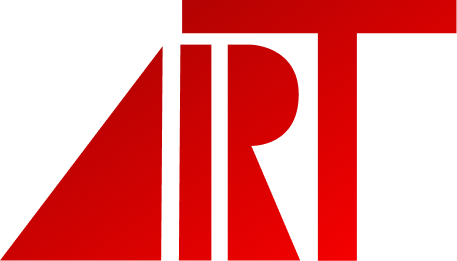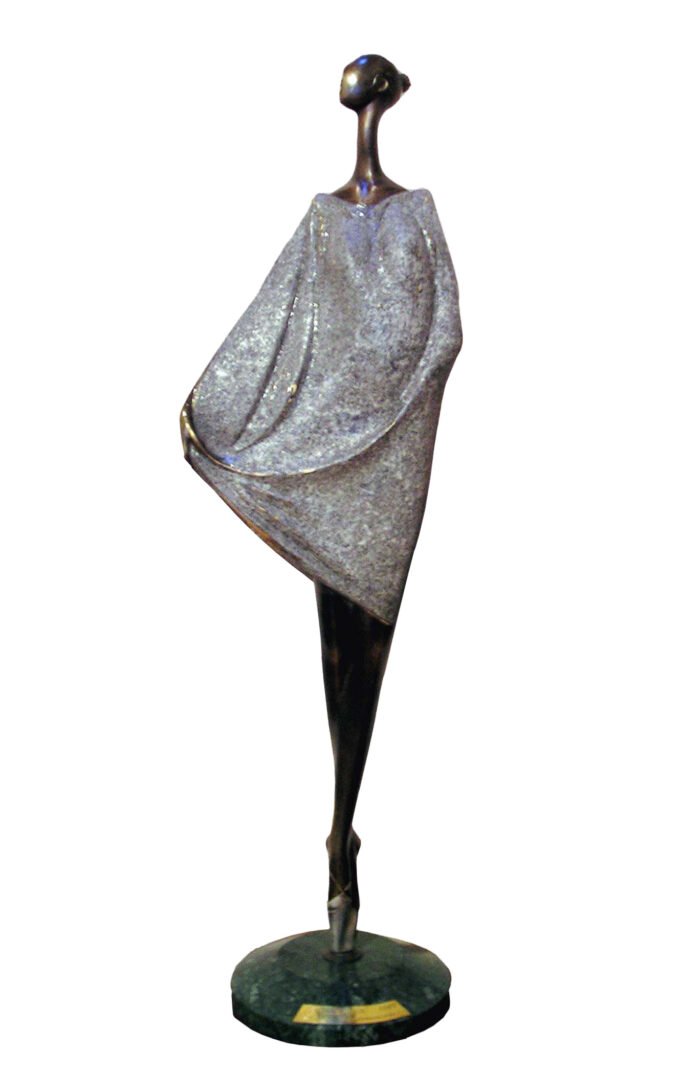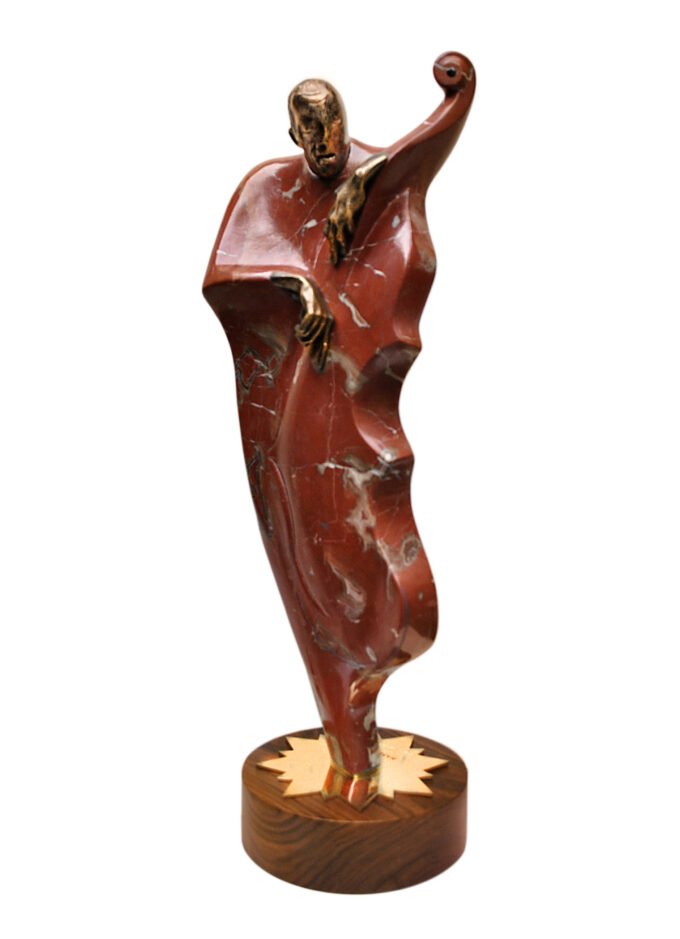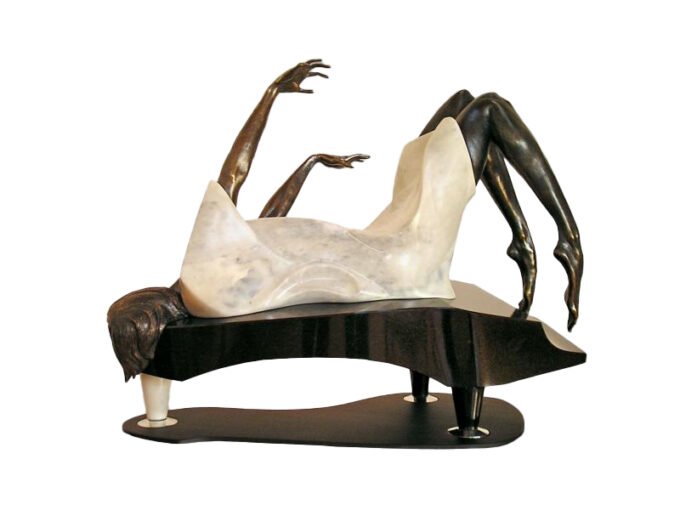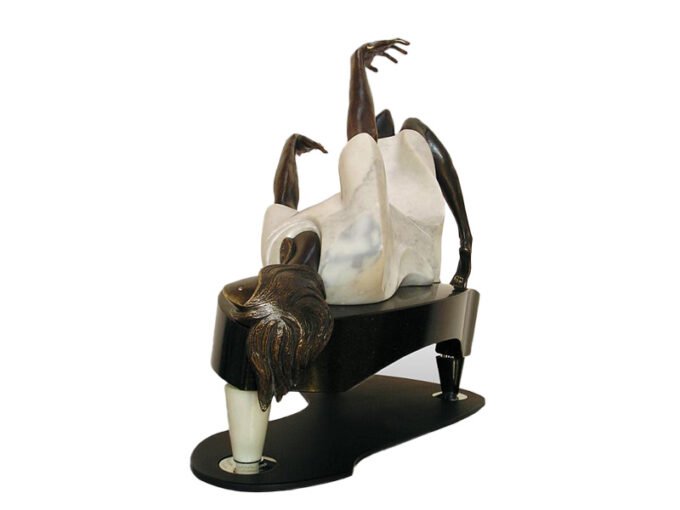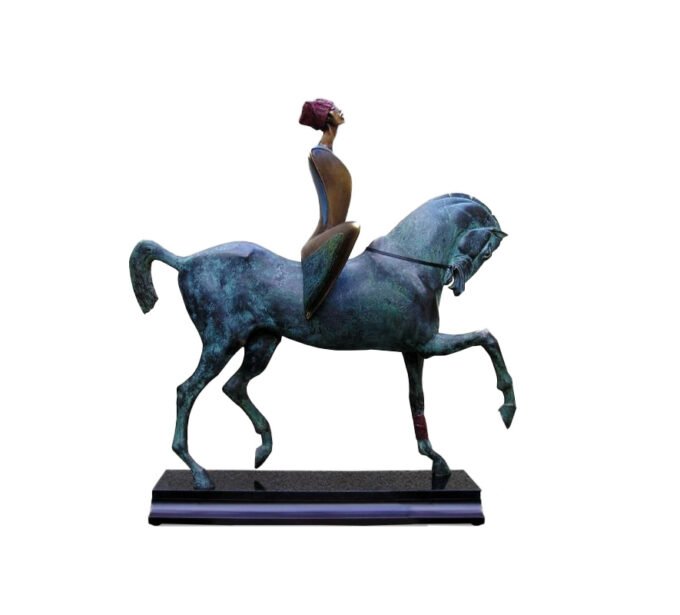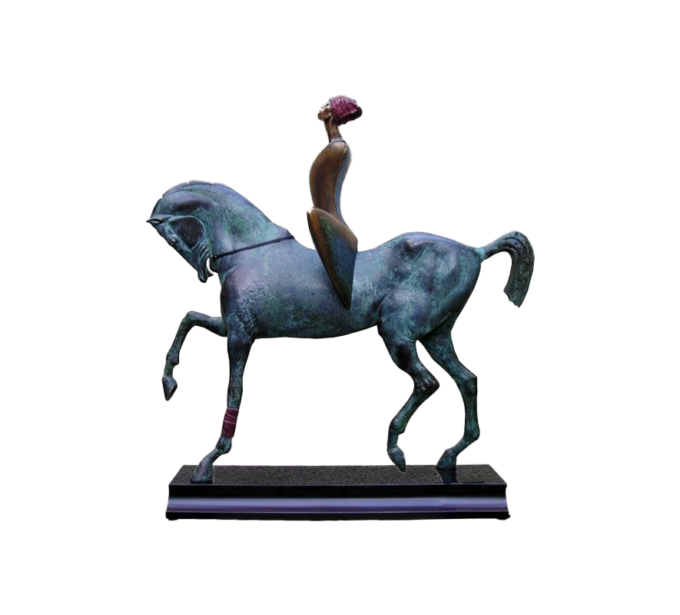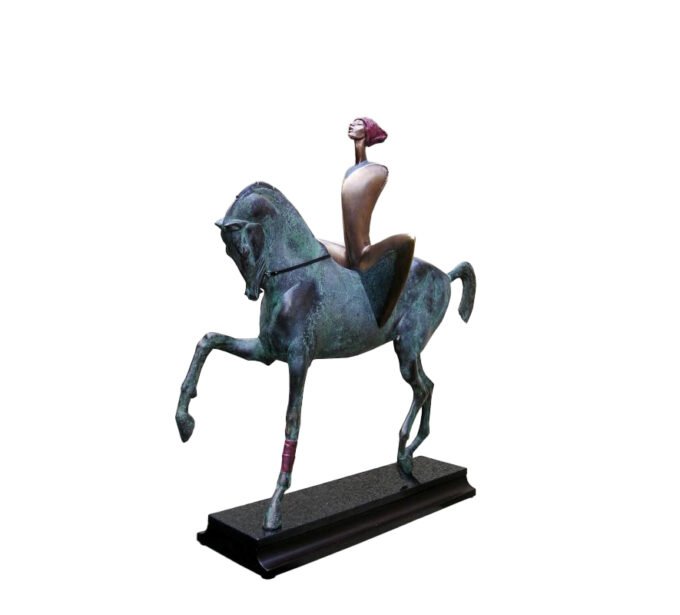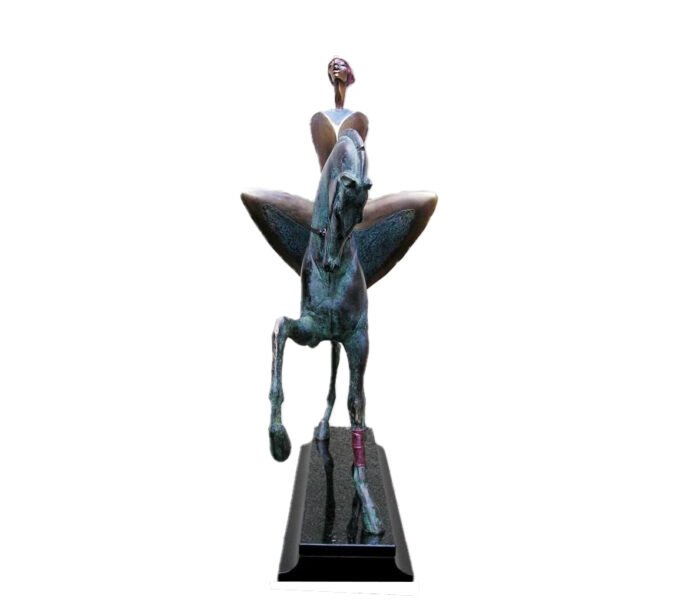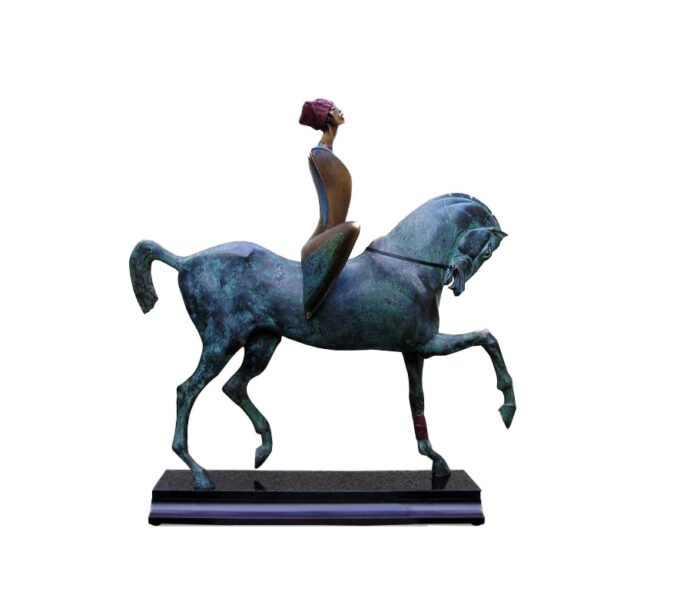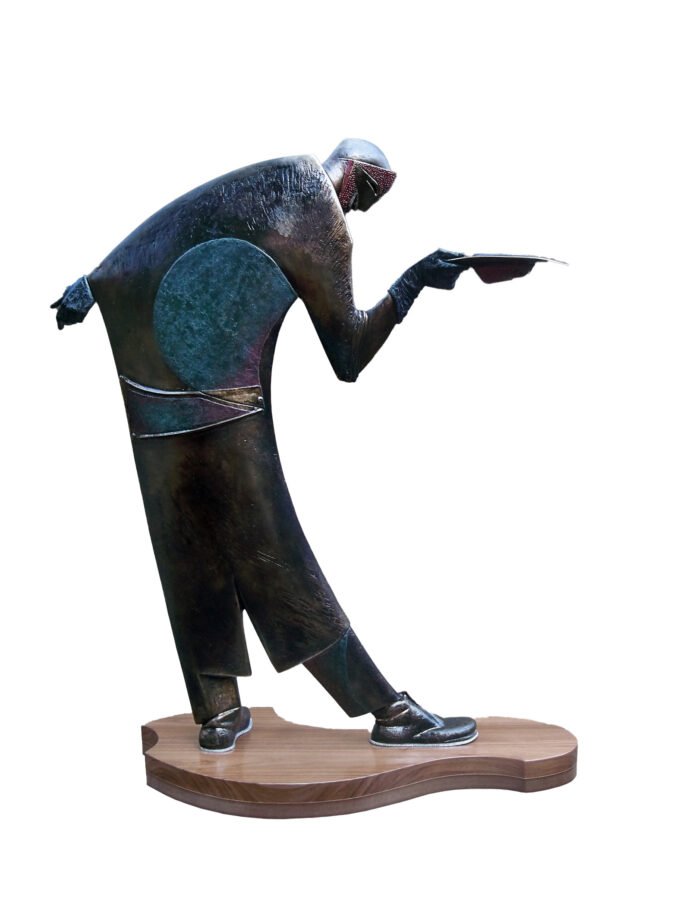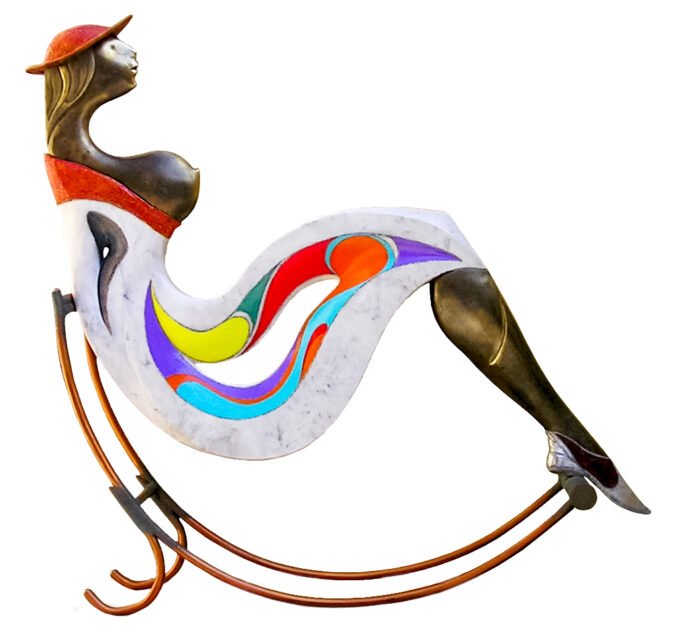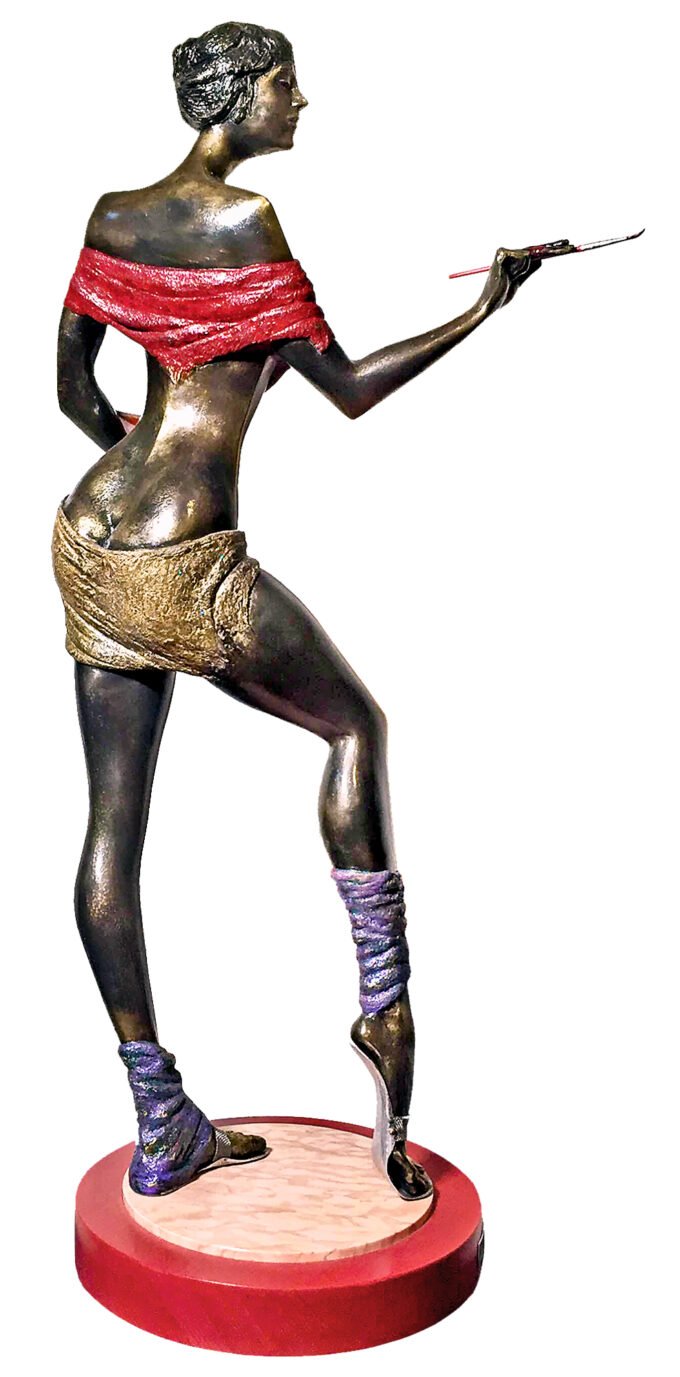Levan Vardosanidze, born on September 10, 1957, is a highly regarded Georgian sculptor known for his intricate and elegant creations. After completing his undergraduate studies at the Tbilisi State Academy of Arts in 1981, Vardosanidze went on to pursue graduate studies at the Moscow State Academy of Arts from 1986 to 1989. Since 1992, he has been working in both Georgia and Germany, and his work has been acquired by 25 private collections around the world.
Vardosanidze has won numerous prizes for his sculptures, including the IOC Prize of Sculptures in Amsterdam in 2012 for his piece “Olympic Hymn.” His work can be found in many public spaces in Tbilisi, such as the “Nato Vachnadze Bust” in the old city.
Throughout his career, Vardosanidze has continued to push the boundaries of sculptural technique, creating works that are both technically impressive and emotionally resonant. His sculptures are a testament to his skill and dedication to his craft, and are a must-see for anyone interested in the art of sculpture.
